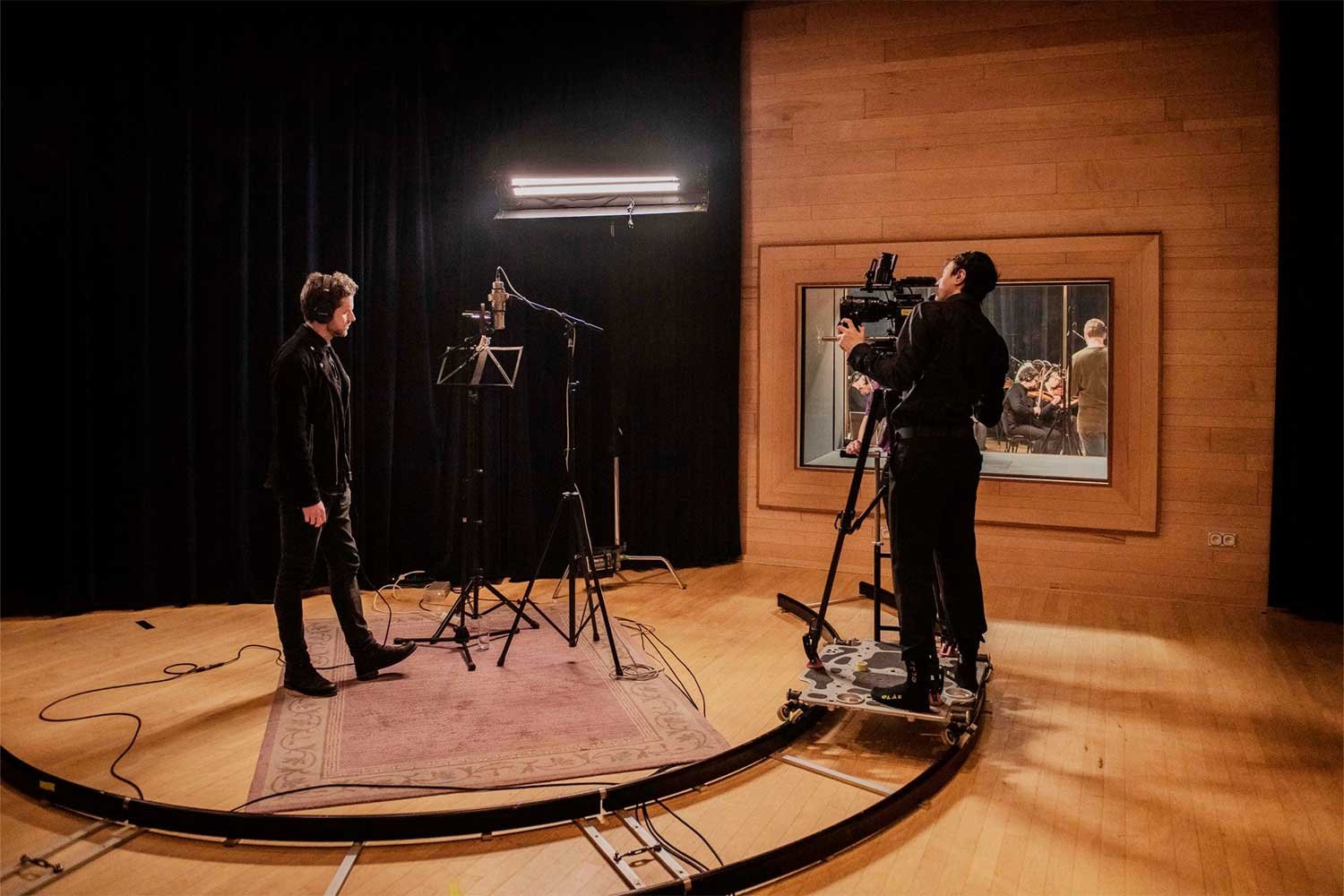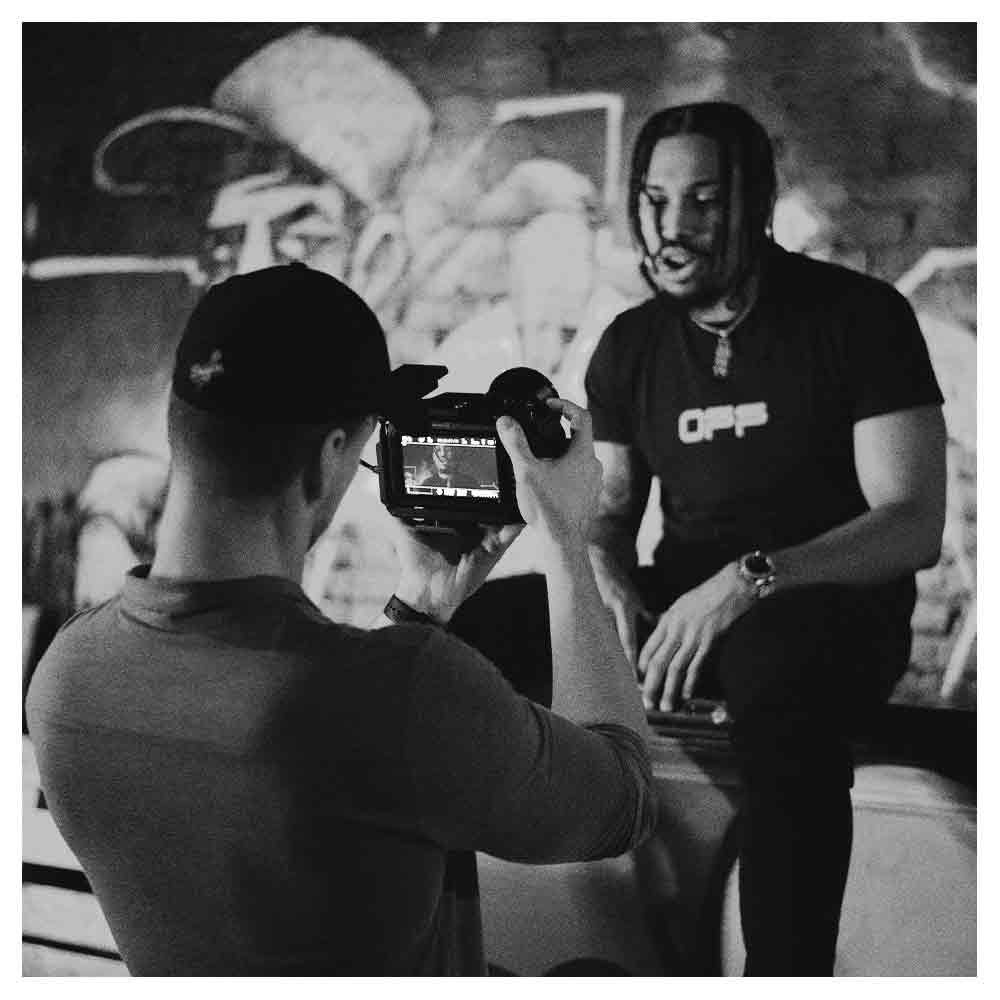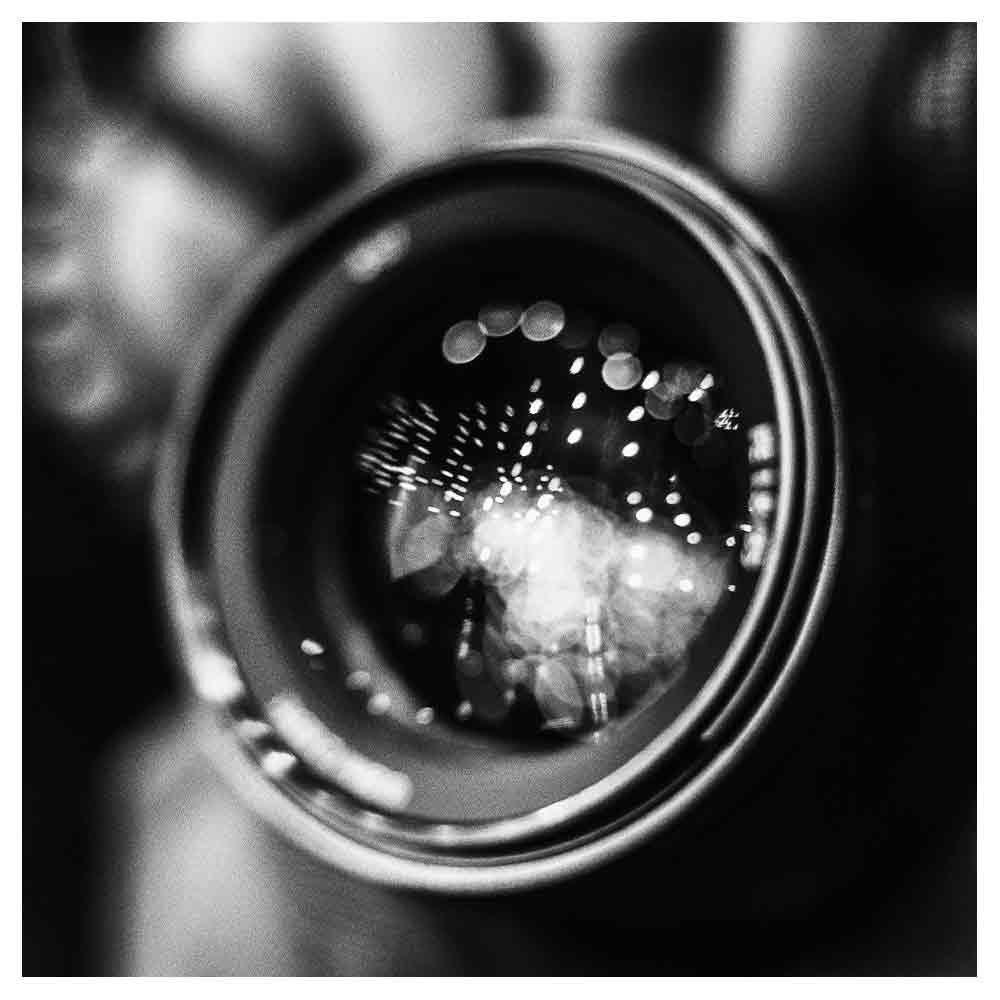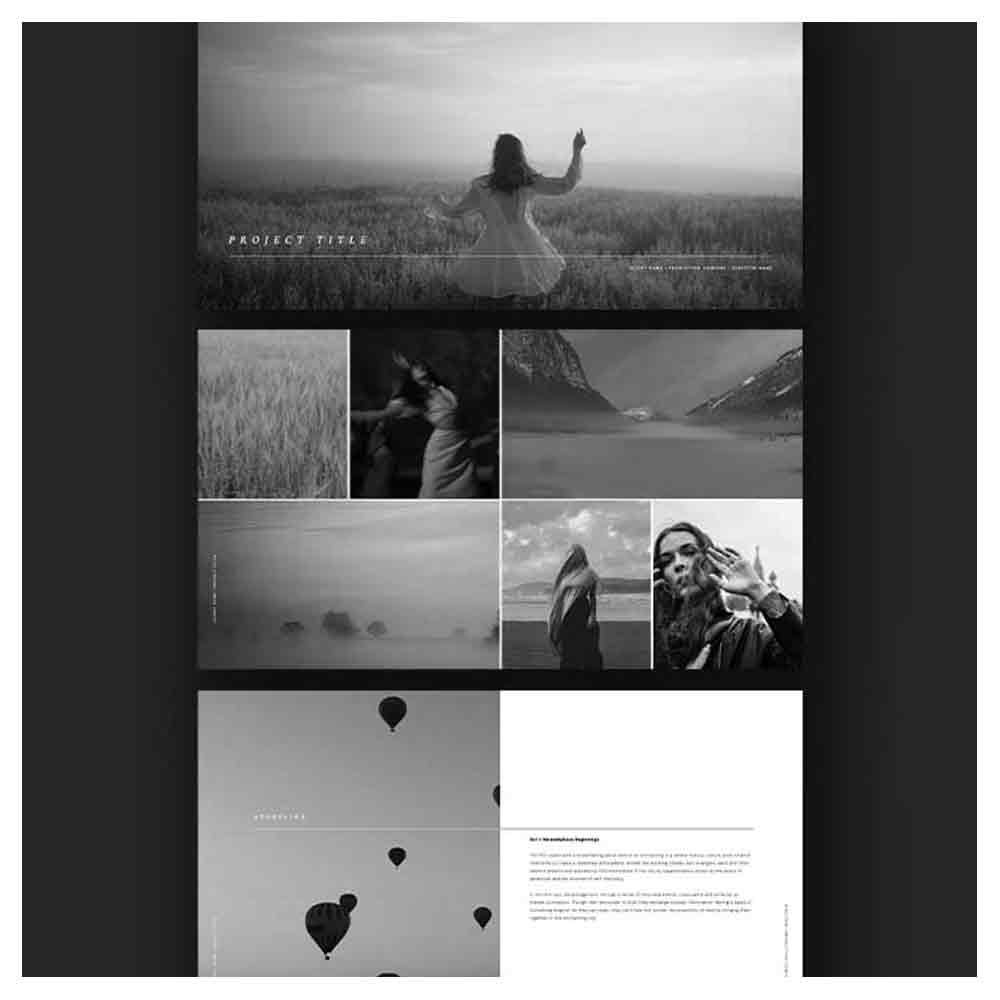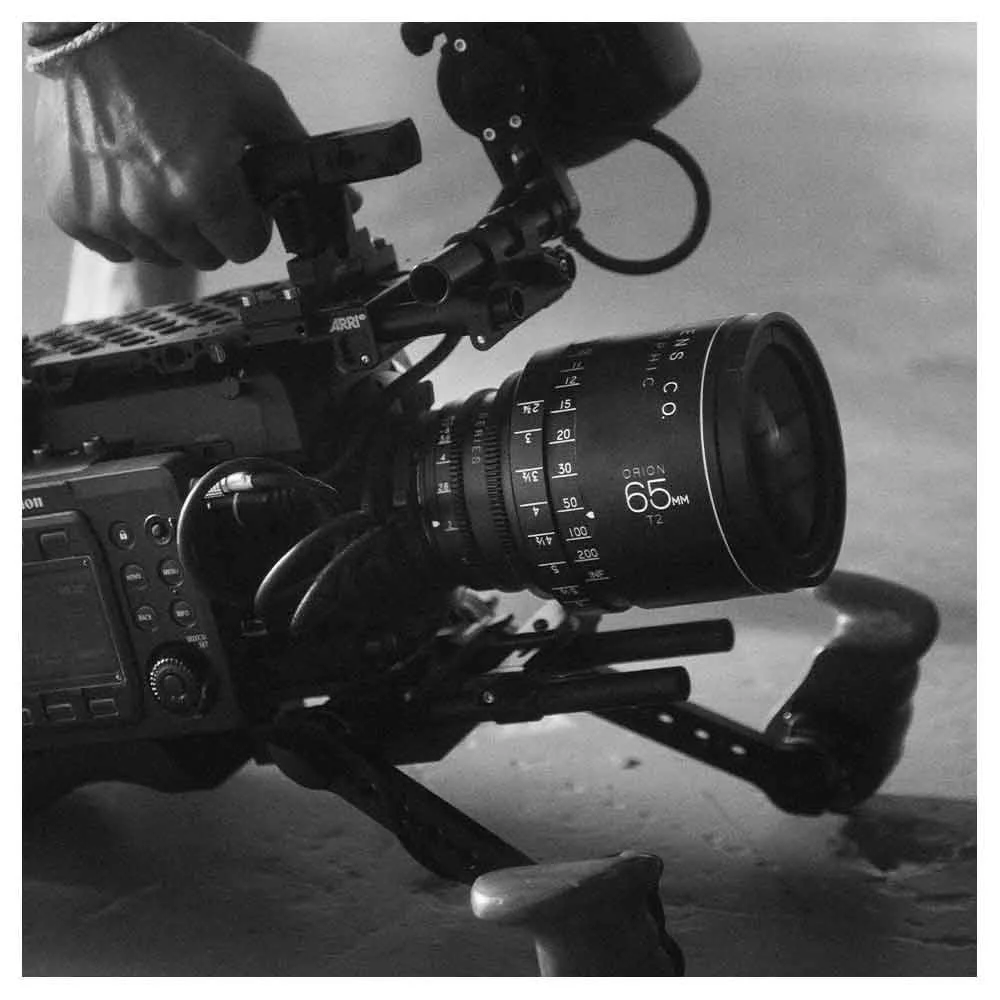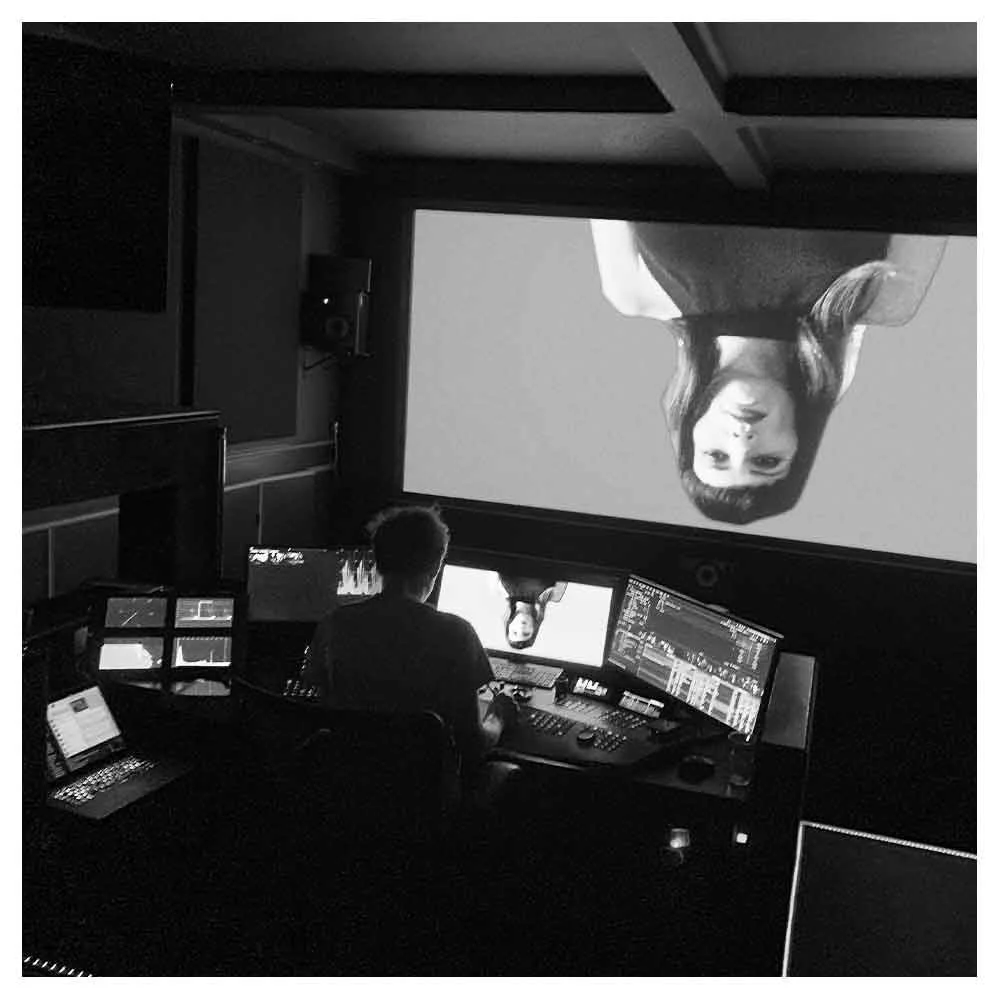How To Make A Symphony Orchestra Film—A Behind-The-Scenes Look
In 2019, I directed a one-hour symphony orchestra film called ‘Symphonic Tales’ for one of my favorite music bands, HAEVN.
In this article, I wanted to share my experience with you and tell you how I met this band, how this project landed on my lap, and what it was like directing this symphonic orchestra project that went viral after its release and reached more than 30 million views online in no time.
Table of contents:
How I got in touch with HAEVN
Let’s rewind the clock six years to May 1st, 2016. I planned to catch up with one of my friends to sip a few beers on a sunny Sunday afternoon, but not long after we sat down with our first drink on a terrace in my hometown Breda, she told me we had to be somewhere else within 30 minutes.
That evening, three upcoming bands would perform in a small music venue nearby, and she had two tickets for the show! One hour later, my ears were enchanted by the beautiful sounds of HAEVN. I had never heard of this band before, but I was mesmerized by their sound, and in the weeks after the show, I had HAEVN’s music on repeat every day.
I noticed online that HAEVN had no music videos for their songs, so I decided to send them an email to introduce myself as the latest member of their fanbase and told them that if they ever needed a music video, I would be more than happy to help them bring their music to life visually.
A few weeks later, the two guys behind HAEVN, composer Jorrit Kleijnen & vocalist Marijn van der Meer, invited me to their studio in Amsterdam. We listened to their latest music for two hours and talked about their upcoming debut album.
I told them about my experience working for music artists like Hardwell and doing all kinds of music-driven projects. Eventually, we parted ways with the idea of creating something together in the future when the right opportunity would cross our paths.
My first collaboration with HAEVN
Fast forward two years later. At the beginning of 2018, Jorrit and Marijn were still working on HAEVN’s debut album.
For the finishing touches, they had recorded an orchestra session in Budapest, and to help promote the album online, Jorrit had asked a few local videographers in Budapest to film the orchestra session. The idea was to use the footage and sync it with the audio recording to create a live behind-the-scenes video.
Unfortunately, the videographers didn’t film the orchestra recordings in one single take. Instead, they turned their cameras on and off while filming, making it almost impossible to sync the raw footage to the music in the editing.
Because I had told Jorrit & Marijn in our first meeting that I had extensive experience with these types of music-driven projects, Jorrit called me and asked me if I could help them cut everything together. And, of course, I was more than happy to jump on board!
I sat down with the raw material for a few days, remixed and re-synchronized all the footage to make it look like the musicians were playing the actual music, and Jorrit & Marijn loved the result!
The final result of the orchestra recording in Budapest.
How the Symphonic Tales project started
By the end of 2018, a few months after the release of HAEVN's debut album ‘Eyes Closed,’ Jorrit called me again. He wanted to do the same kind of project as the orchestra recording in Budapest, but this time he wanted me to direct the project from the start.
Their plan was to record six of the most personal songs from their debut album with a 50-piece symphonic orchestra and release those orchestra recordings as a separate album called 'Symphonic Tales.'
Jorrit & Marijn asked me to capture the orchestra's recording in the Galaxy Studios in Belgium so they could release six videos on YouTube and help promote the Symphonic Tales album online.
To match their warm and cinematic sound, their wish was to find a way to capture the orchestra in a dark and cozy style while the actual recording of the album in the studio took place. I accepted the challenge, wrapped my vision for this project in a director’s treatment, sent it to HAEVN, and received a GO shortly after that!
To help with this project's logistics, I called the New Amsterdam Film Company producers and asked cinematographer Kevin Kimman to operate the steel wheel. Once everybody was on board, we drove to The Galaxy Studios in Belgium for a proper location scout.
My director’s vision for Symphonic Tales
At the beginning of my filmmaking career, I worked exclusively on nightlife projects like festival after movies, music promos, and tour content for DJs. Not only did I film those projects myself most of the time, but I also edited them. Because I did both, I knew exactly how I needed to film this type of music-driven content to accelerate the edit.
My golden rule for capturing musicians performing is that every shot should include some form of camera movement. If the shot doesn’t include camera movement, you must create it yourself in the editing.
I believe this is an important rule for this type of content because the music is designed to take you on an emotional journey. There is this flow of energy that comes with it. If you want to portray and convey that same energy and emotion with visuals, I believe you have to emphasize that musical journey by taking your camera on a journey as well in a way that matches the music.
Although the guys that filmed the recording in Budapest turned their cameras on and off while recording the orchestra, they did a great job of ensuring every shot included movement. But I noticed that I had to stabilize almost every shot in the edit.
So for this Symphonic Tales production, I wanted to ensure the camera movements were as smooth as possible. My idea was to hire as many dolly tracks as possible (it turned out to be 50 meters in total) and lay those tracks around the performing musicians to capture them playing their instruments.
I knew that if we could capture every song a few times from multiple angles, I would be able to merge sound and film together in the editing suite and continue the vibe that I had created with the Budapest videos.
The location scout, initial camera and lighting plan, and the final camera setup.
The difficulty of this project
The difficulty of this project was that the recordings didn’t take place in one big studio but three separate studios simultaneously. We only had the budget for three cameras, two reference monitors, and one set of camera lenses.
Jorrit told me that the musicians they had hired were some of the finest in Europe and that everybody, the studio included, was punctual on time.
So, although it seemed sufficient, we only had four hours to record six four-to-seven minute songs. Every song was only played four times from start to finish, so I had only four runs to capture the orchestra from as many angles as possible.
On top of that, while recording, the film crew and the camera equipment had to be as silent as possible so it wouldn’t interfere with the actual music recording of the album. This meant that I couldn’t give direction to the camera operators, and we had to discuss, plan, and find a way to capture as many angles as possible without making any noise.
How we pulled it off
We started laying out the ideal situation using software called ‘Shot Designer’. We scaled it down to a more manageable version that we kept simplifying until an hour before the shoot.
We had to work with three RED cameras, three dollies, six long dolly tracks, three lenses (close, medium, and wide-angle), and three different locations. We knew the orchestra would play every song four times, so this is how we pulled it off (I’ve included an image of the final camera setup below the text)…
Song Recording #1: Every camera starts on its first dolly track.
Song Recording #2: Every camera stays on the first dolly track, but cameras A and B switch lenses.
Song Recording #3: All cameras move to the second dolly track.
Song Recording #4: Every camera stays on the second dolly track, but cameras A and B switch lenses.
For every song, this was the rhythm we used for filming. I briefed the camera and dolly operators to ensure all their movements were very slow and fluent so every moment of each long take would be useable for the edit.
I sat close to the dolly tracks during the recordings behind two reference monitors. Only in between the recordings was I able to run (on my socks) to the camera operators to give them a few simple directions to focus more on this or that musician.
I was also wearing a headset linked to the control room and the conductor, so I could listen to their conversations and signal the camera operators when the orchestra finished a recording so they could move the camera or lens.
When the orchestra was finished after four hours, we decided to film one extra run of Marijn singing each song from start to finish as a backup option to ensure we always had a clean shot of the vocalist to cut back to. We recorded the separate vocal session with two cameras; that extra footage was a lifesaver in the edit.
After we wrapped filming in the studio, I spent a few weeks cutting it altogether. Kevin then gave each shot some additional color grading, and the project was signed, sealed, and delivered!
Conclusion
Shortly after releasing the videos on YouTube, HAEVN gained more than 200.000 YouTube subscribers, and as of May 2022, the six Symphonic Tales videos have reached more than 30 million views combined.
The magic of this project was a combination of HAEVN's beautiful music, the smooth movement of the cameras, and the tricks I used in the editing.
Although you won't notice it, I've used so many tricks in the editing software to make it feel like you almost flow with the rhythm of each song. I can guarantee you that, like the Budapest videos, 50% of what you see in every Symphonic Tales video is not the music the musicians are playing!
You gotta love movie magic…
